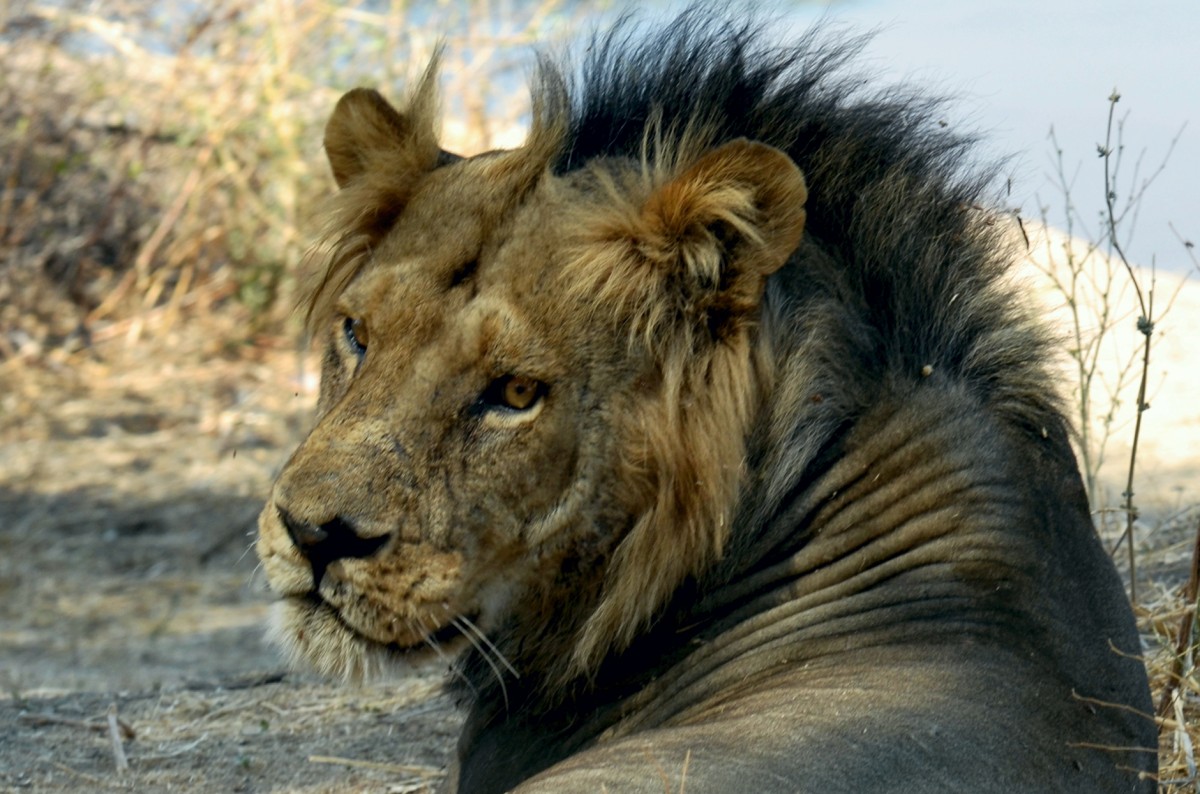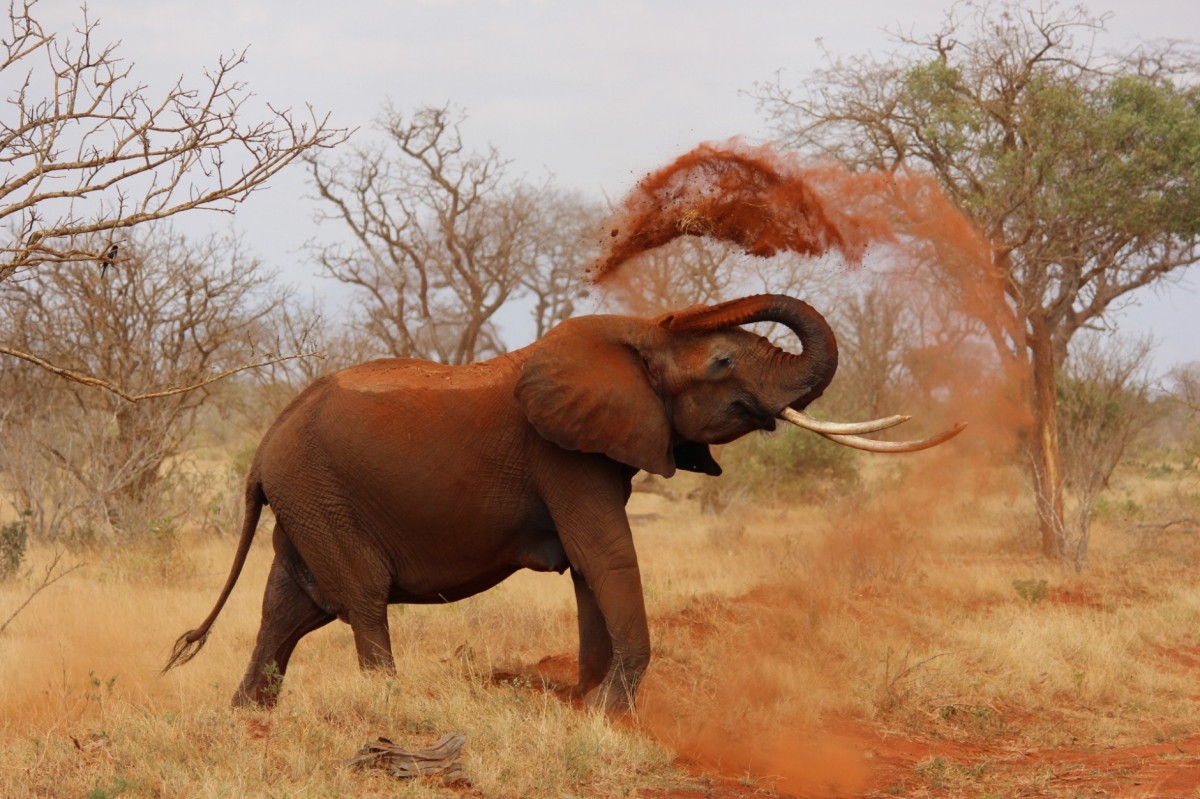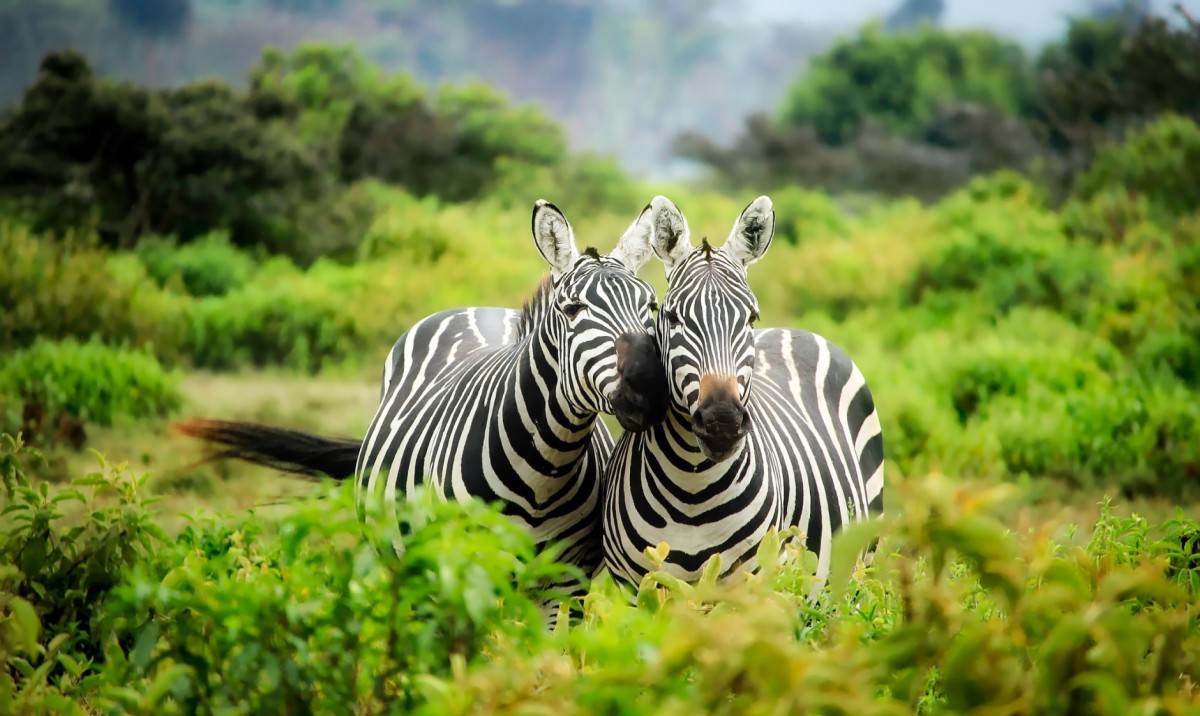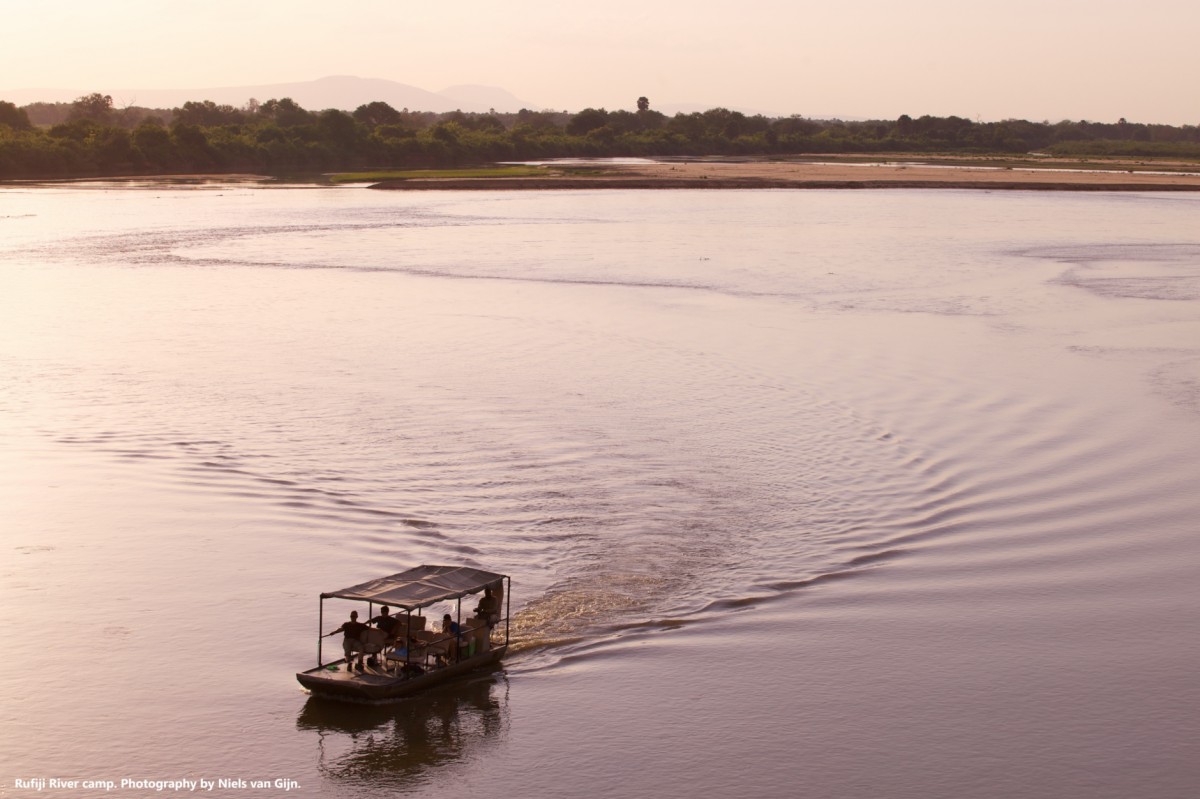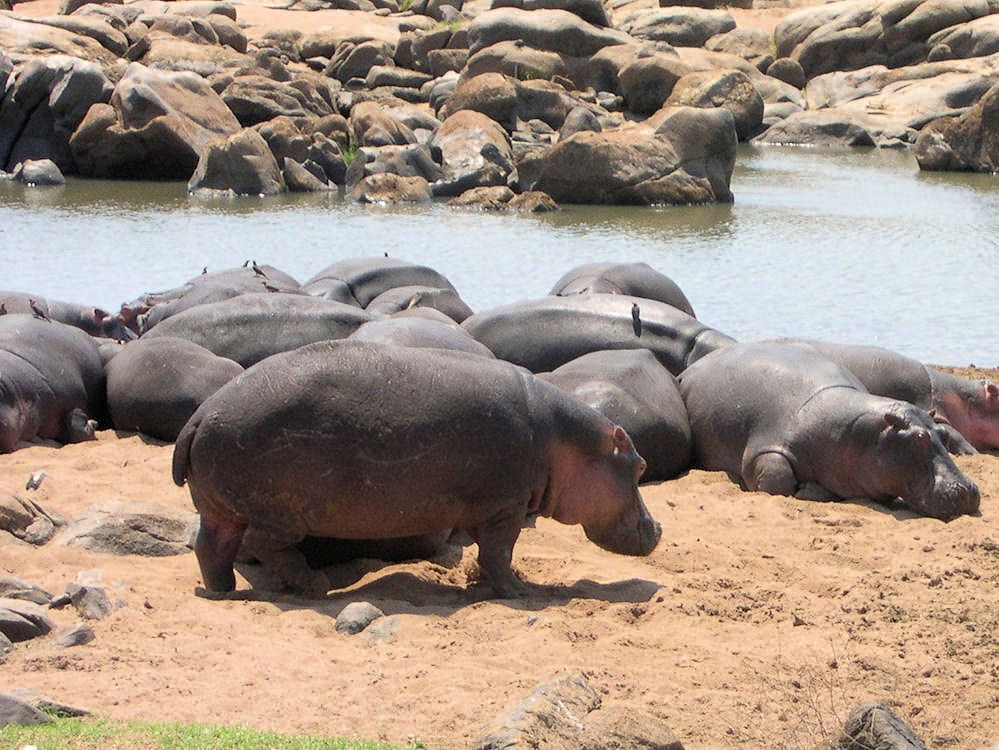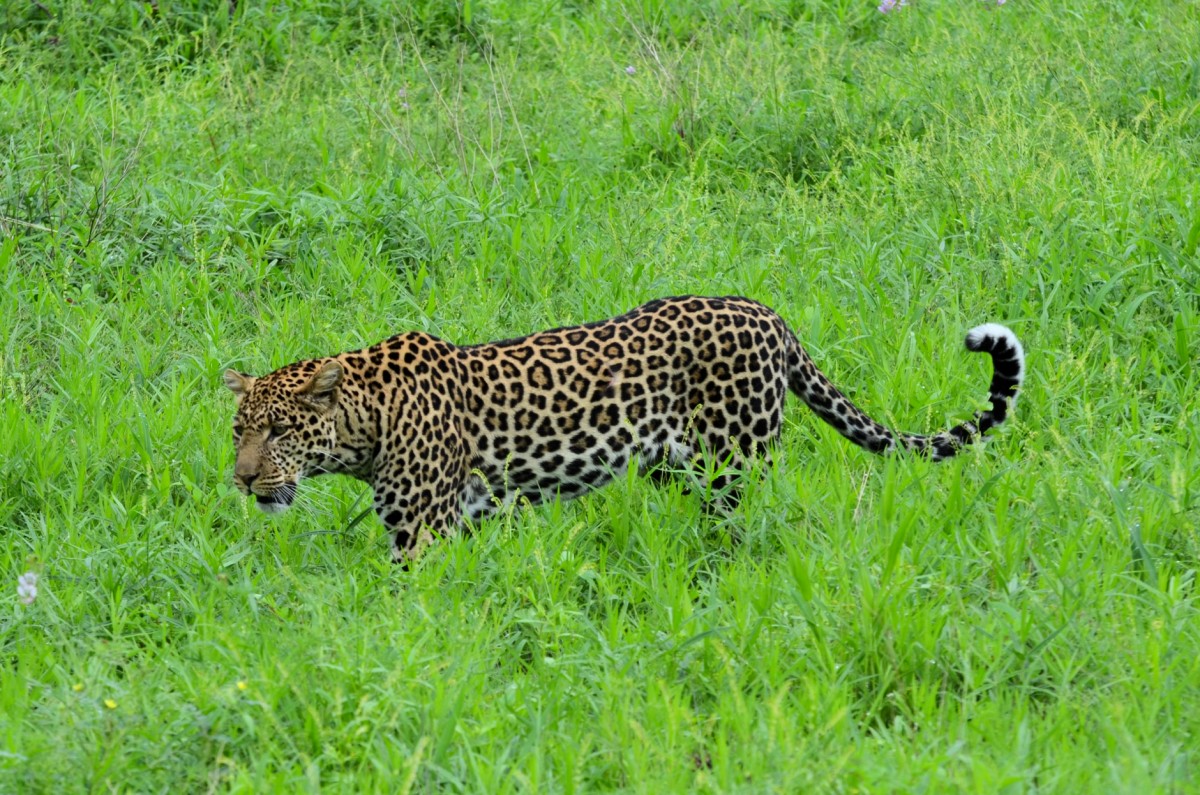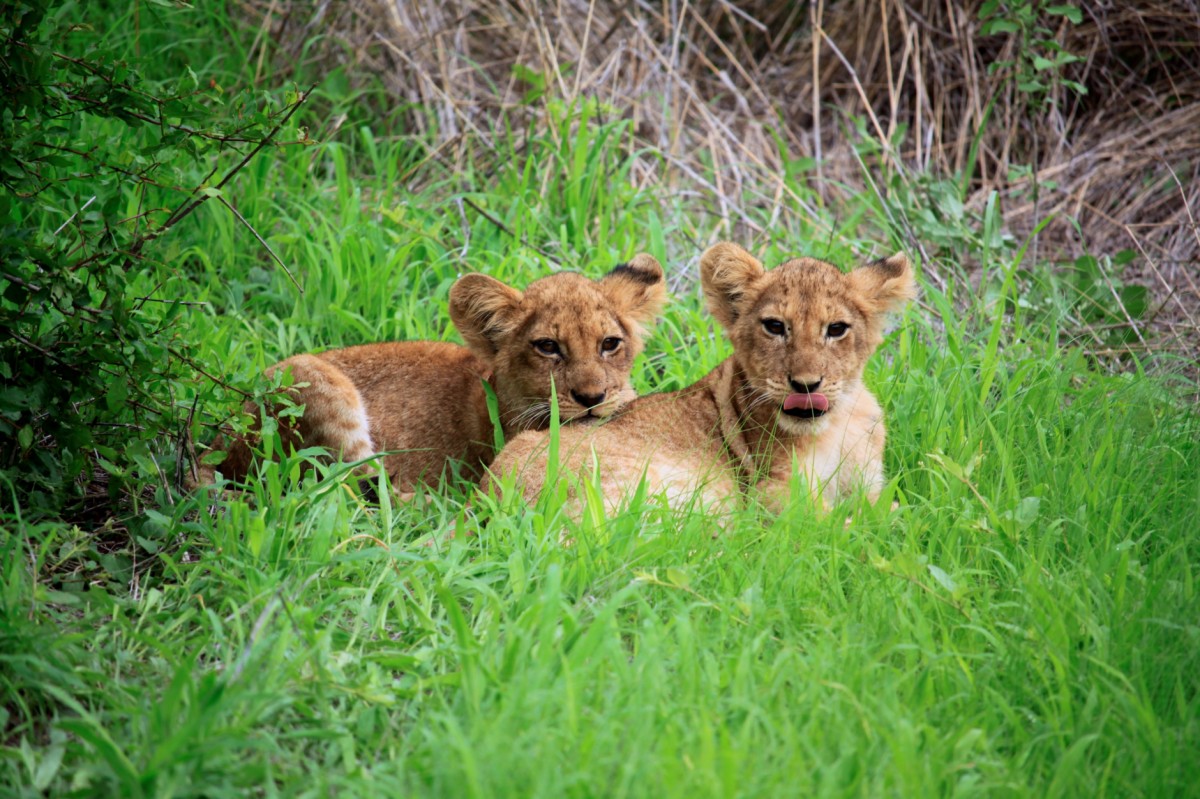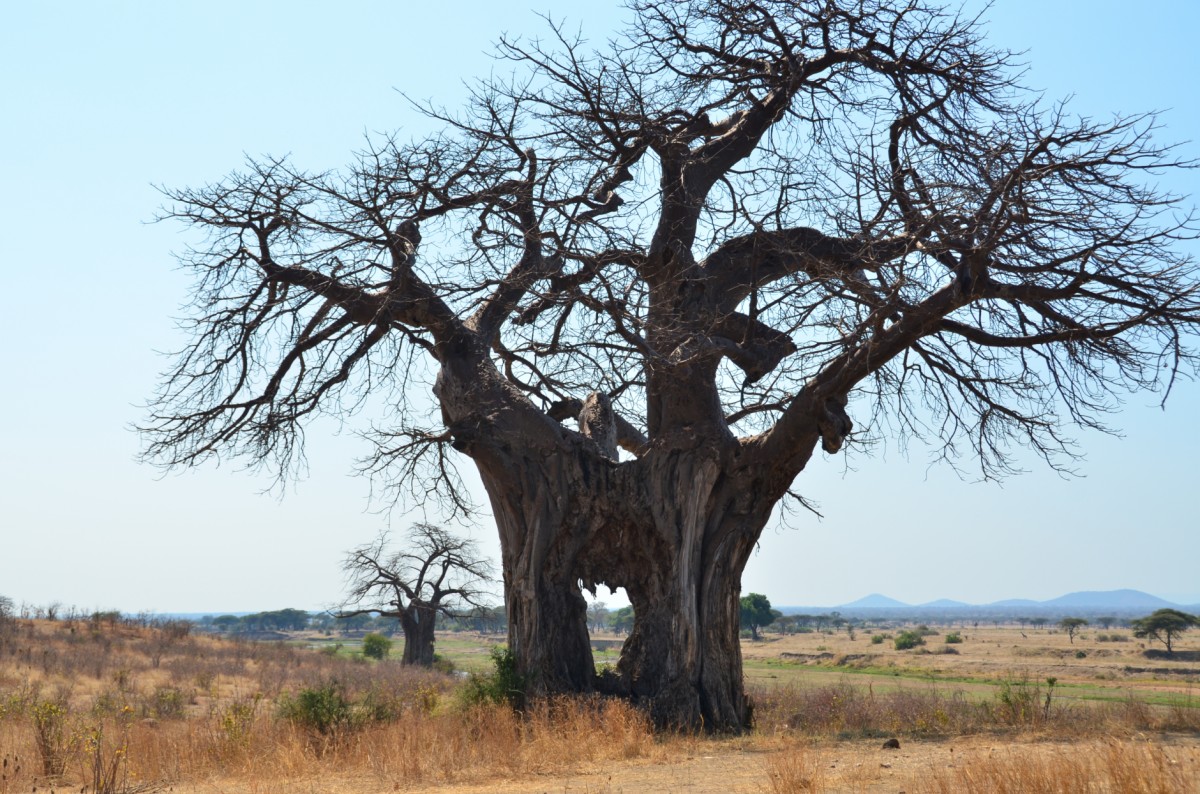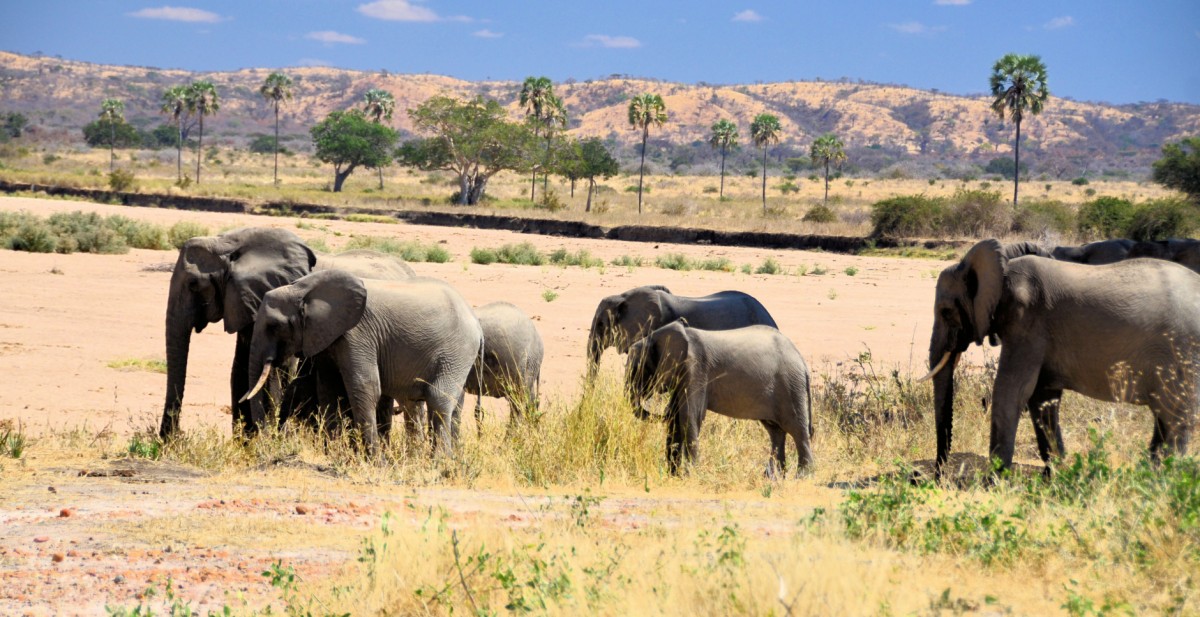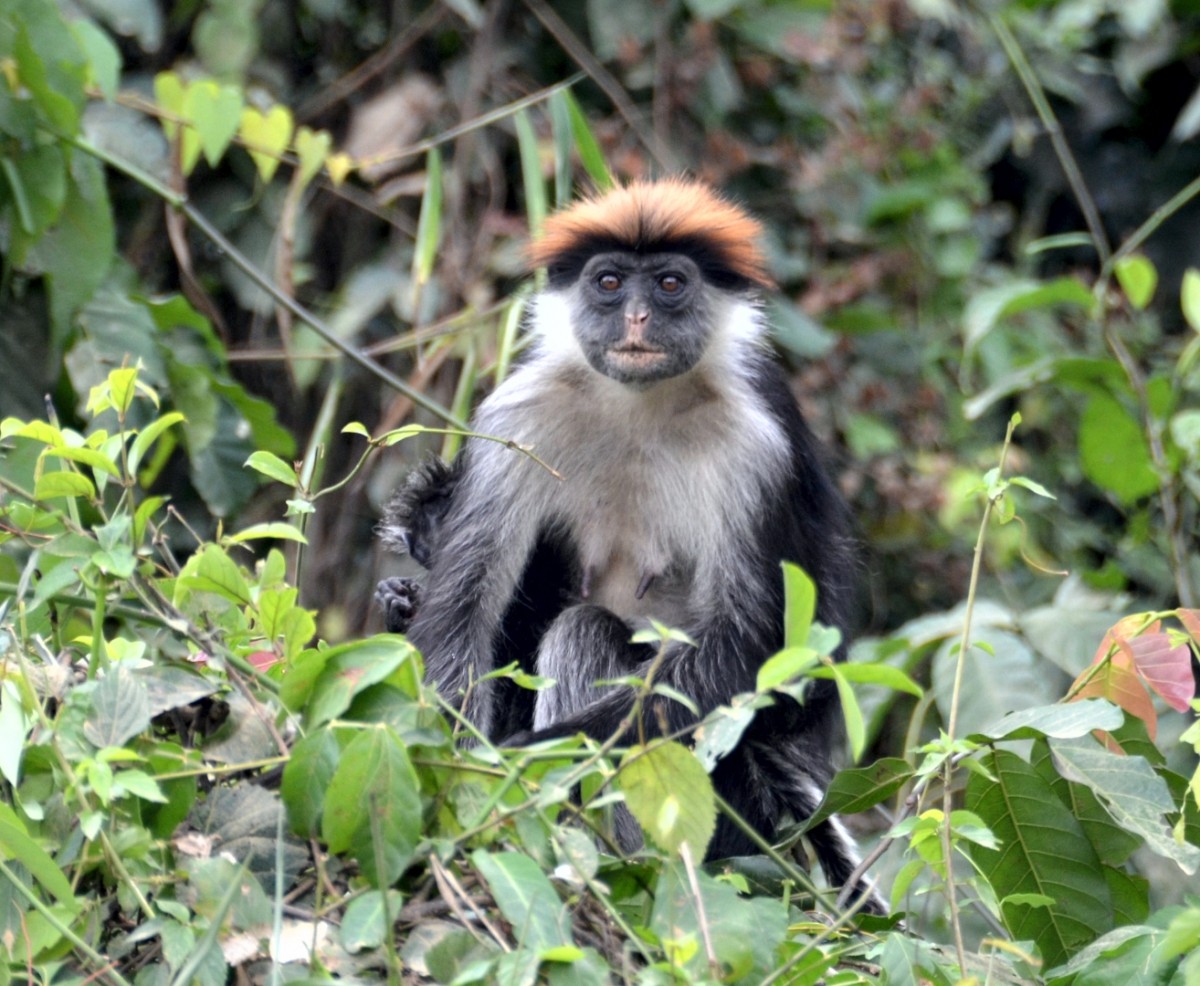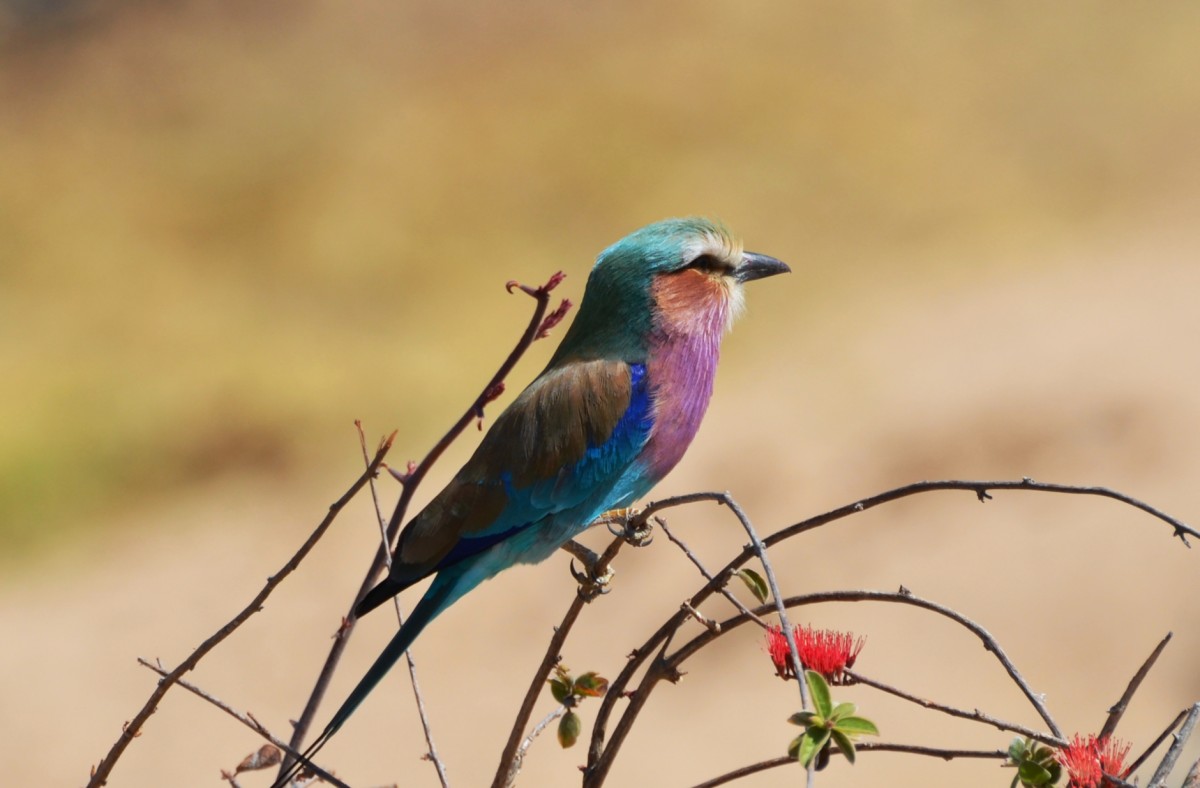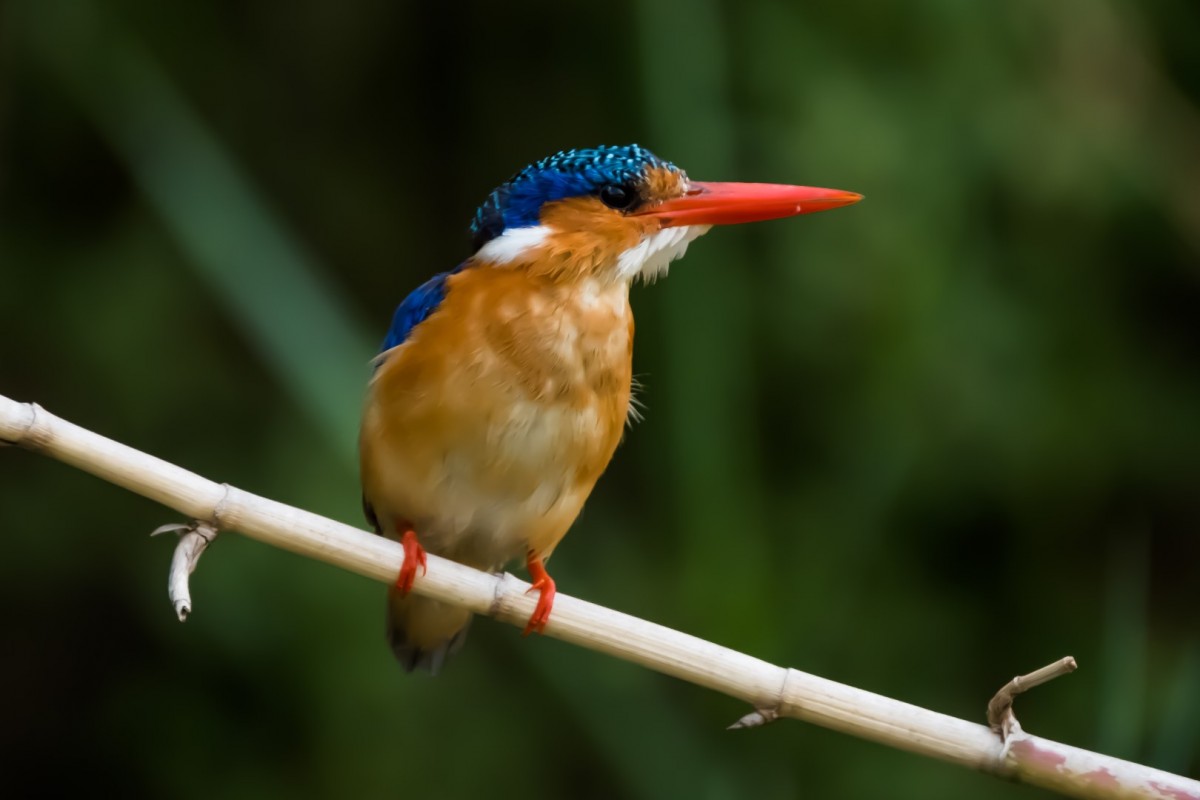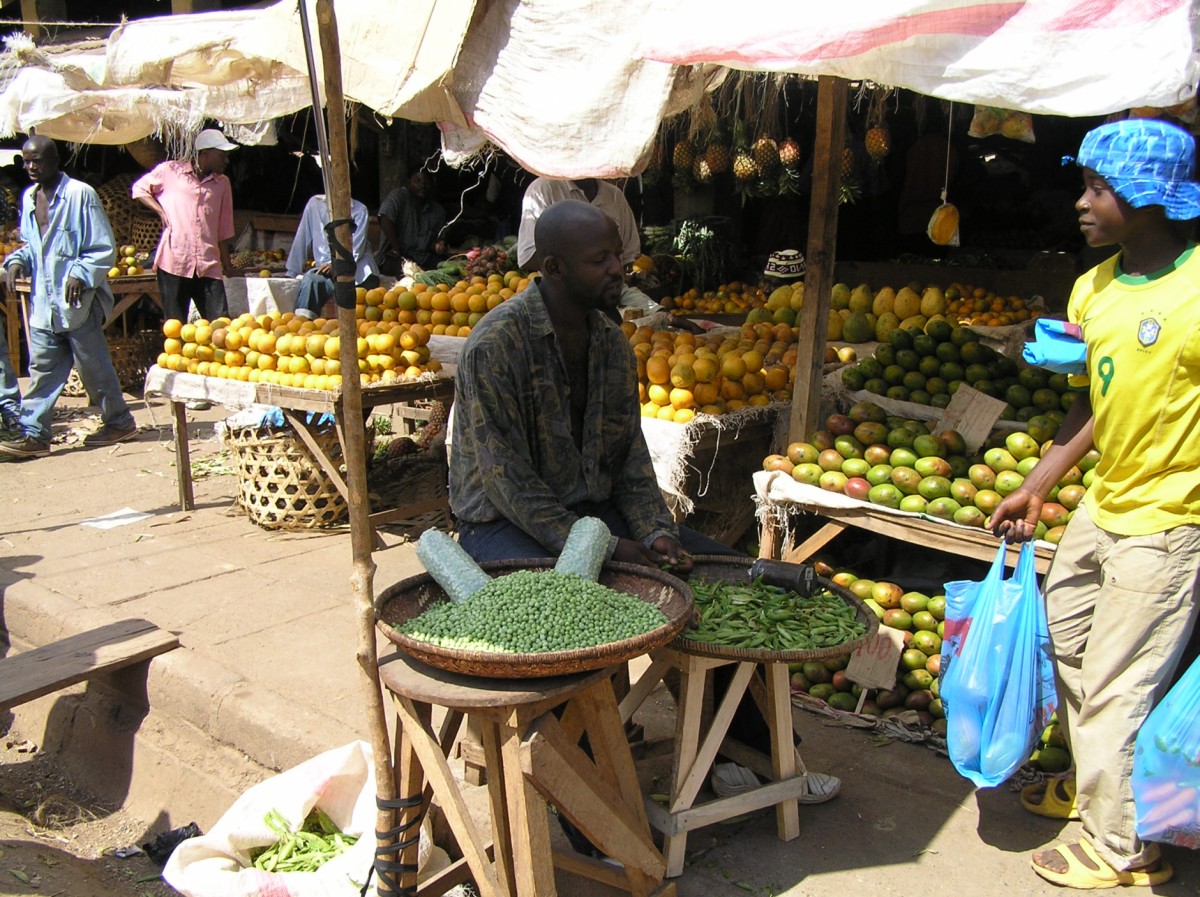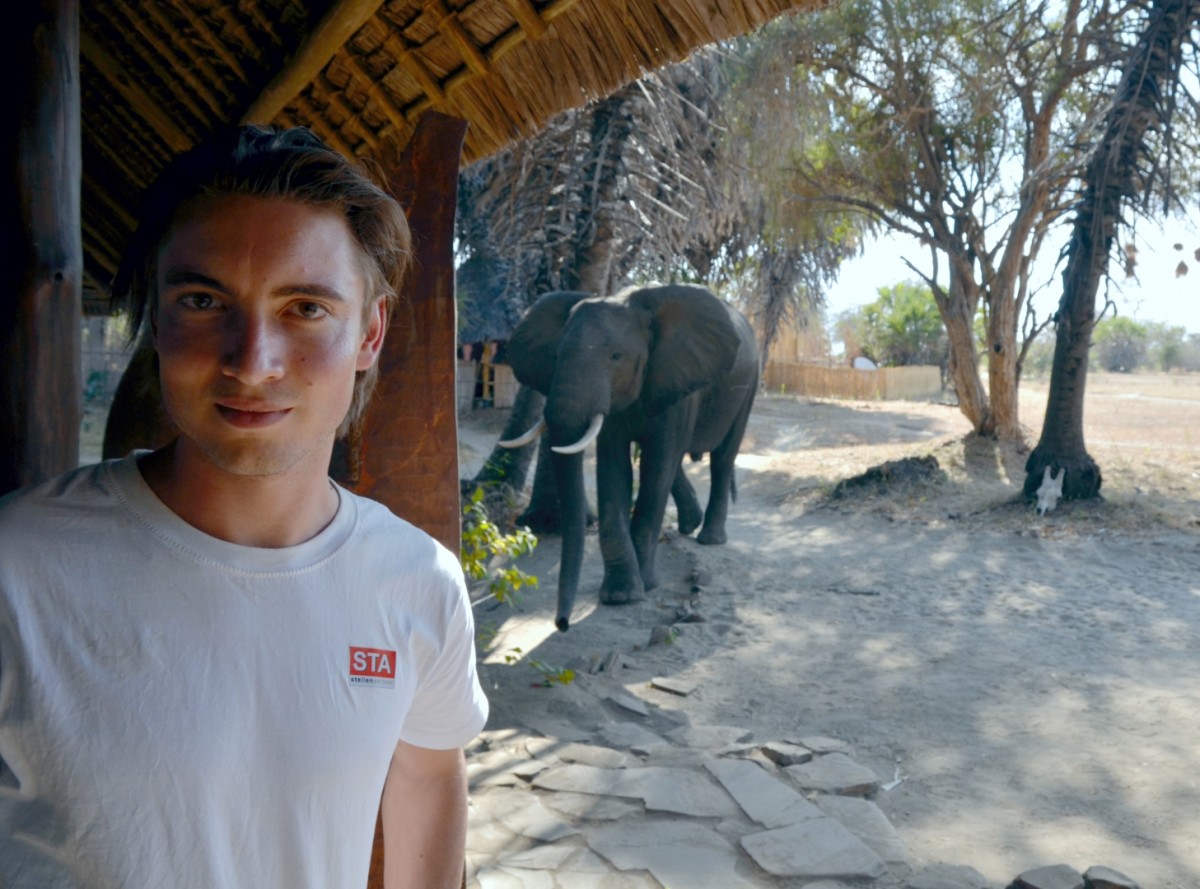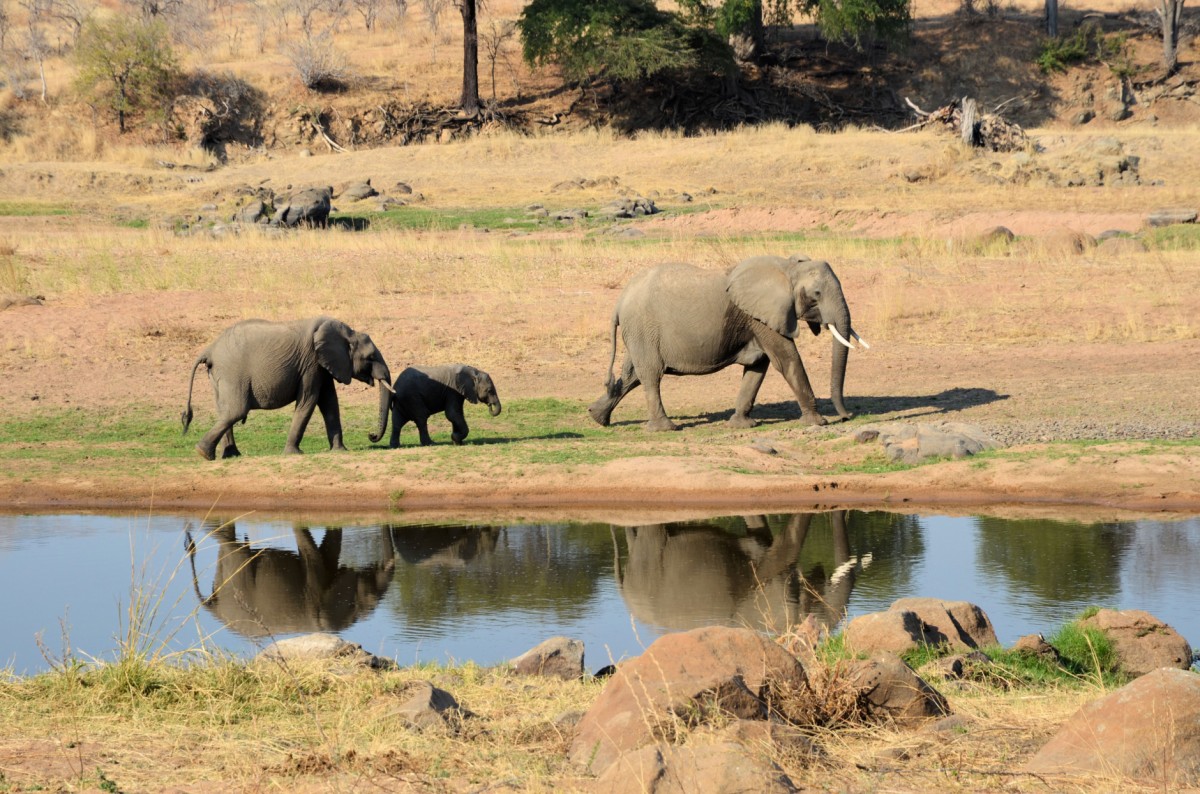10 Days - Exploring The Wild South
This extraordinary tour takes you through the famous parks of southern Tanzania and introduces you to their various facets. The Mikumi and Ruaha national park, as well as the Selous/Nyerere National Park accommodate a large number of mammals, birds, and reptiles.
You can stay at campsites where a chef will treat you to culinary delights, at low-cost guest houses, luxury tent camps, or at full-board safari lodges.
Departure from the hotel in Dar es Salaam at about 9 o'clock. The journey starts along Kilwa Road heading south. After about 140 km, turn east towards the heart of the country. With more than 50'000 km2, Selous is one of the largest animal reserves worldwide. Its northern part, dominated by the mighty Rufiji River with its lakes, creeks and marshlands, is accessible for photo safaris. You will reach your accommodation outside or at the Selous Game Reserve late in the afternoon.
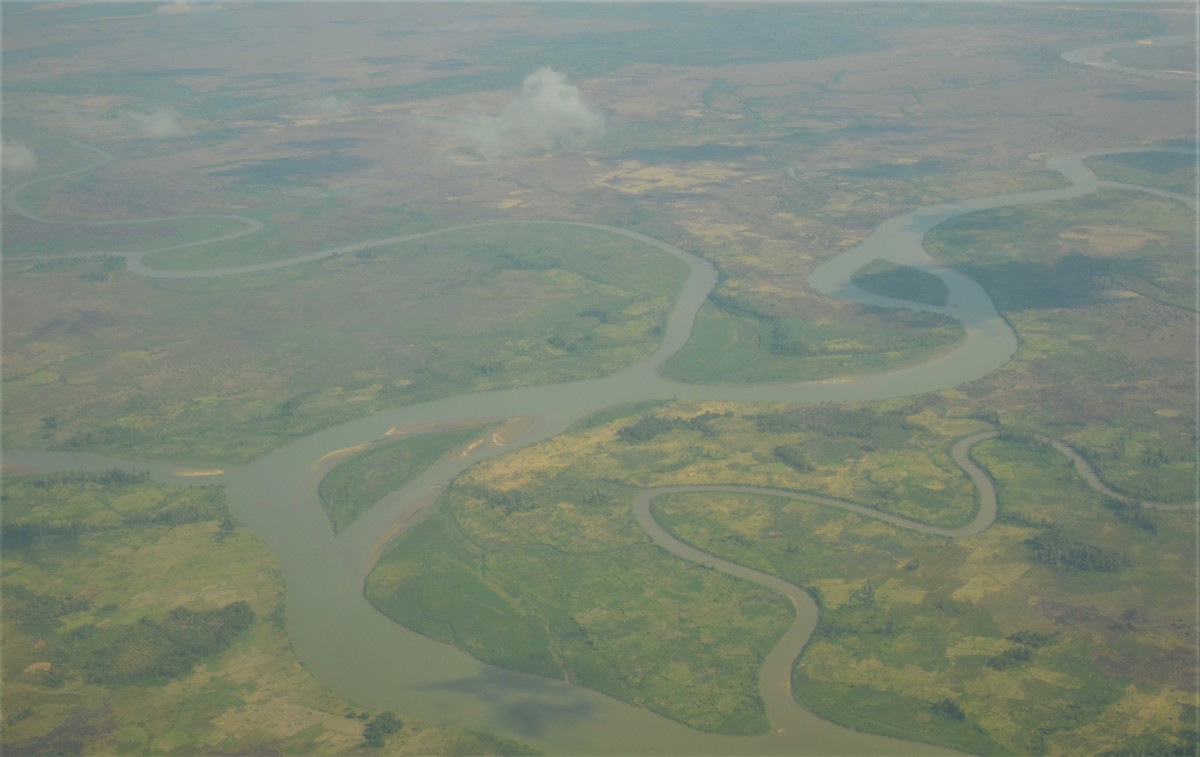
If you wish, animal watching tours could alternate with ranger walks, a local bushman tour, and boat rides on the Rufiji. Boat rides will allow you to see crocodiles, hippos, and waterfowl from up close and from a different perspective.
While hikes take place in the cooler morning hours, boat trips can be made in the afternoons. In the evening you can relax at your lodge or on the banks of the Rufiji and enjoy a cool drink. On day three of your safari, you will leave the Selous Wildlife Sanctuary through Eastern Park and spend the night at a lodge in the wooded hills at the foot of the Uluguru Mountains.
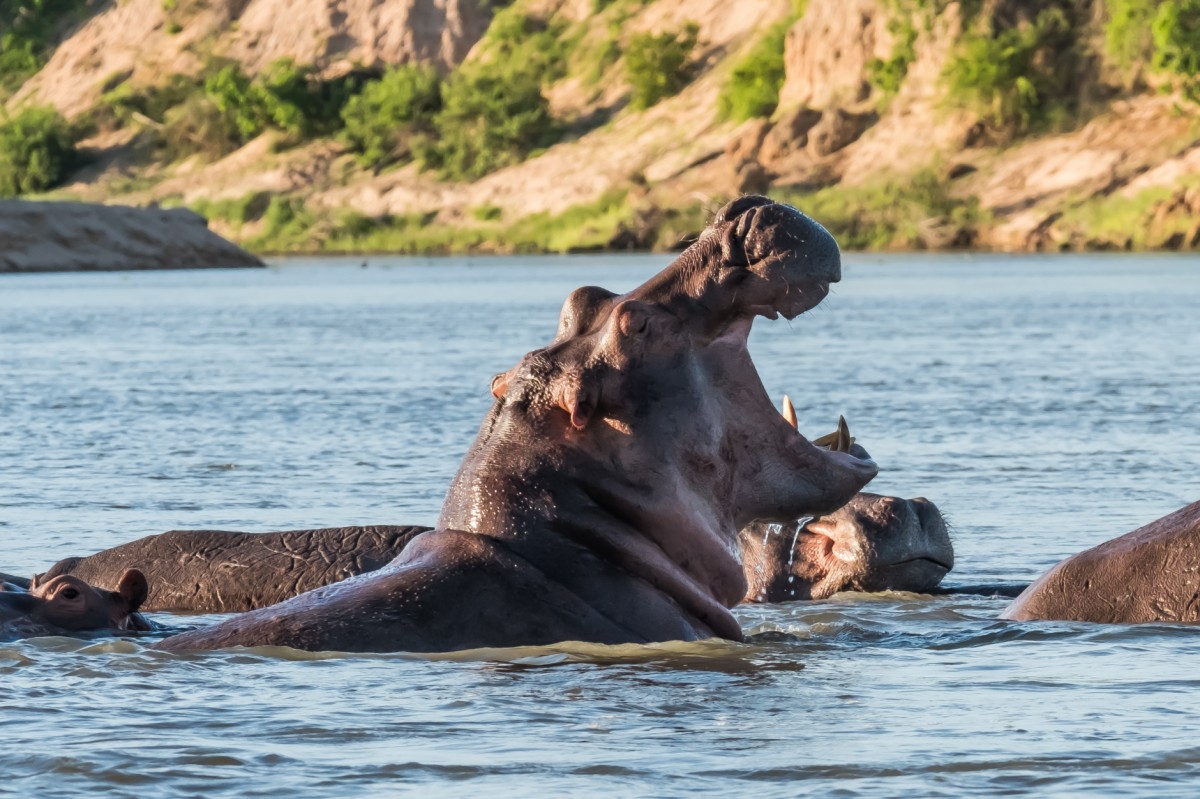
The drive to Mikumi leads along the Uluguru Mountains down to Morongoro, one of the most important branchings of Tanzania, where you will stop for lunch. The road leads further inland to the west and the border with Zambia. The route connects to the capital, Dodoma, and therefore, there is a lot of trade. On your way to Mikumi, you will spot the first animals from the main road which leads through the national park. Dinner and overnight stay at a luxurious camp at Mikumi National Park or at a nearby low-cost guest house, depending on the budget.

Full day of varied wildlife viewing on the Mikumi floodplain. Picnic at the park. The park is known for its large buffalo herds and its high number of lion prides.
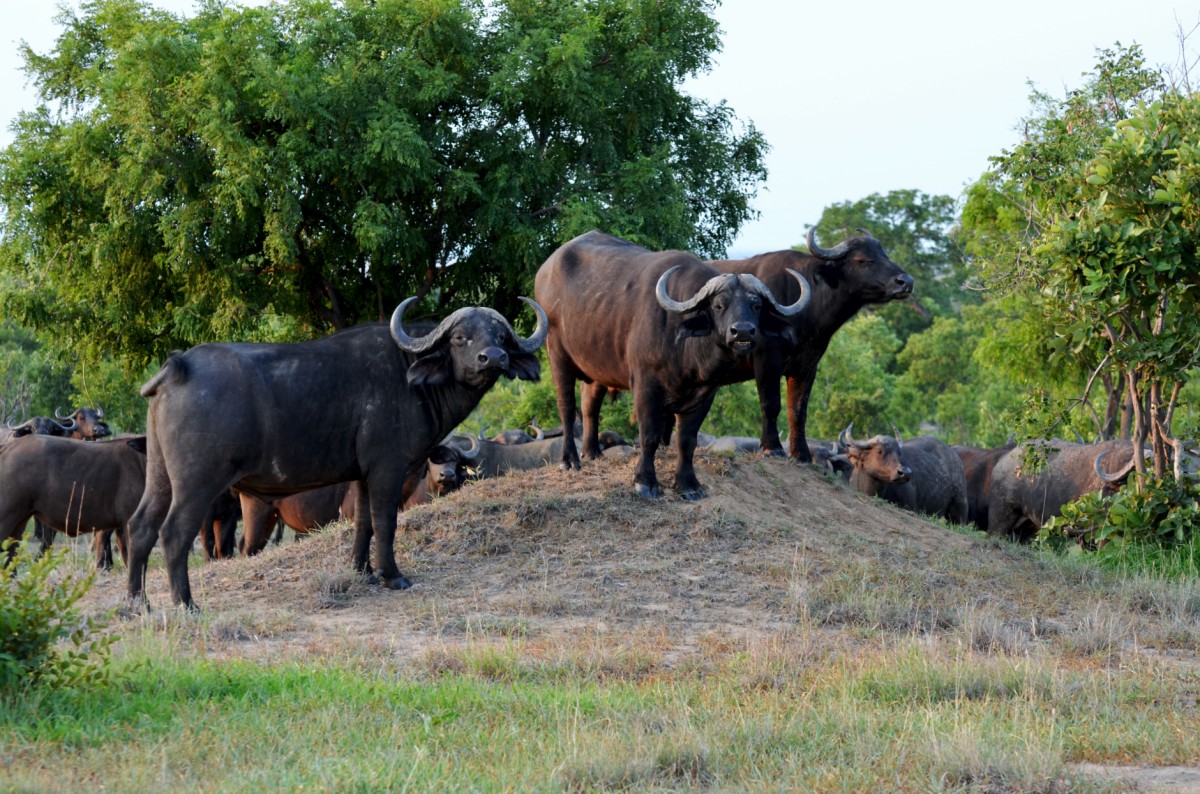
After about a 1.5- hour drive from Mikumi, you will reach Udzungwa National Park, a mountain rainforest. Because of its treasures of endemic plants and animals, it has been, quite justly, compared to the Galapagos Islands. The park attracts many hikers, as it offers excellent forest trails. Take a 3-4-hour hike through the rainforest to the Sanje waterfalls, from where you can enjoy a wonderful view of the rice and sugar cane fields in the valley. The river basins are ideal for a cooling bath. Return to Mikumi in the evening.
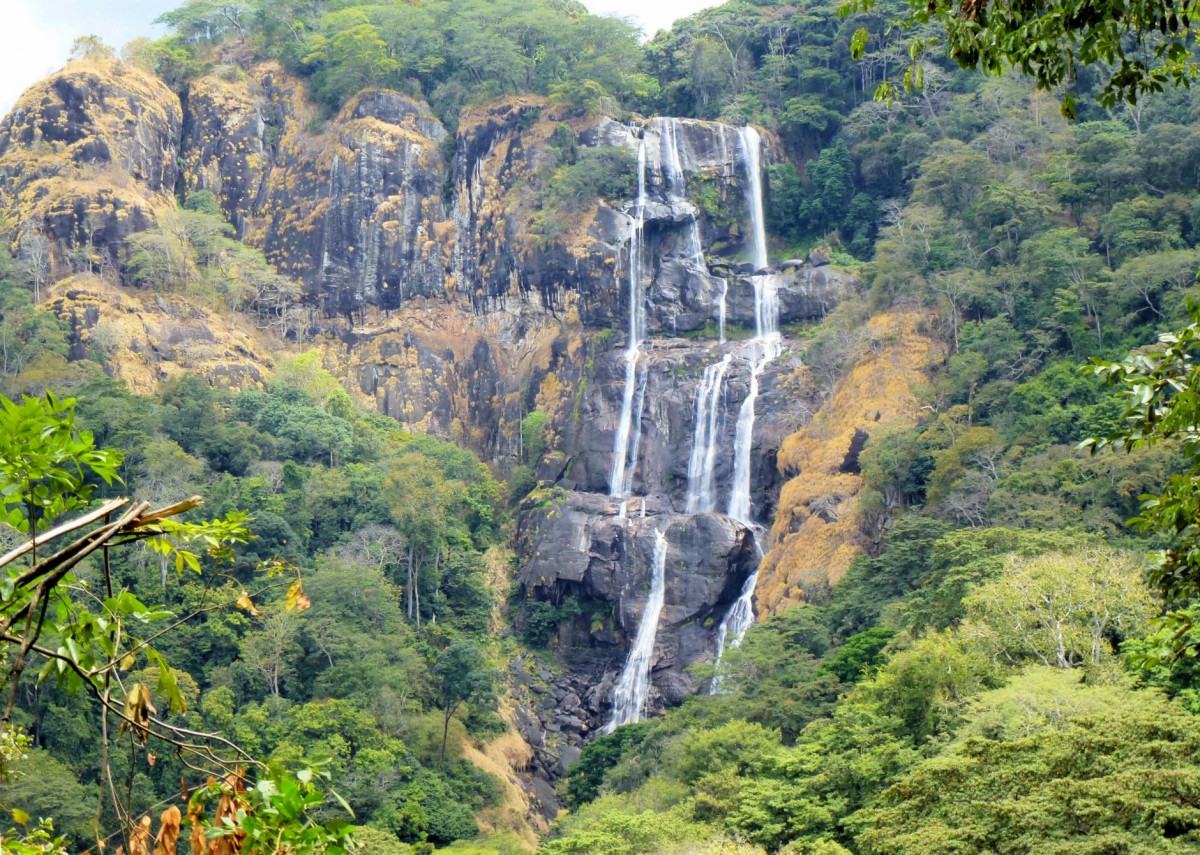
After breakfast, you will embark on a varied half-day drive, partly along Ruaha River, up through Baobab valley to Iringa. The city is located on a high plateau, and therefore greets visitors with pleasant temperatures. The area around Iringa is famous for craftsmanship; cloths, braids, and shoes are available at reasonable prices on the regional market. Before shopping, you could visit the Isimila Stone Age site. The large excavation unearthed stone tools. In the valley, sculptural pillars rise into the sky. These were formed by severe weathering of the surrounding rocks and look slightly similar to the ones at Brice Canyon in the USA. You will spend the night at a guesthouse or lodge in Iringa.
The drive from Iringa to Ruaha National Park takes about three hours. Many consider Ruaha the most beautiful and varied park in Tanzania. Whether along the bushy banks of Ruaha River with many large animals and waterfowl or in the hills – the area’s sceneries are breathtakingly beautiful.
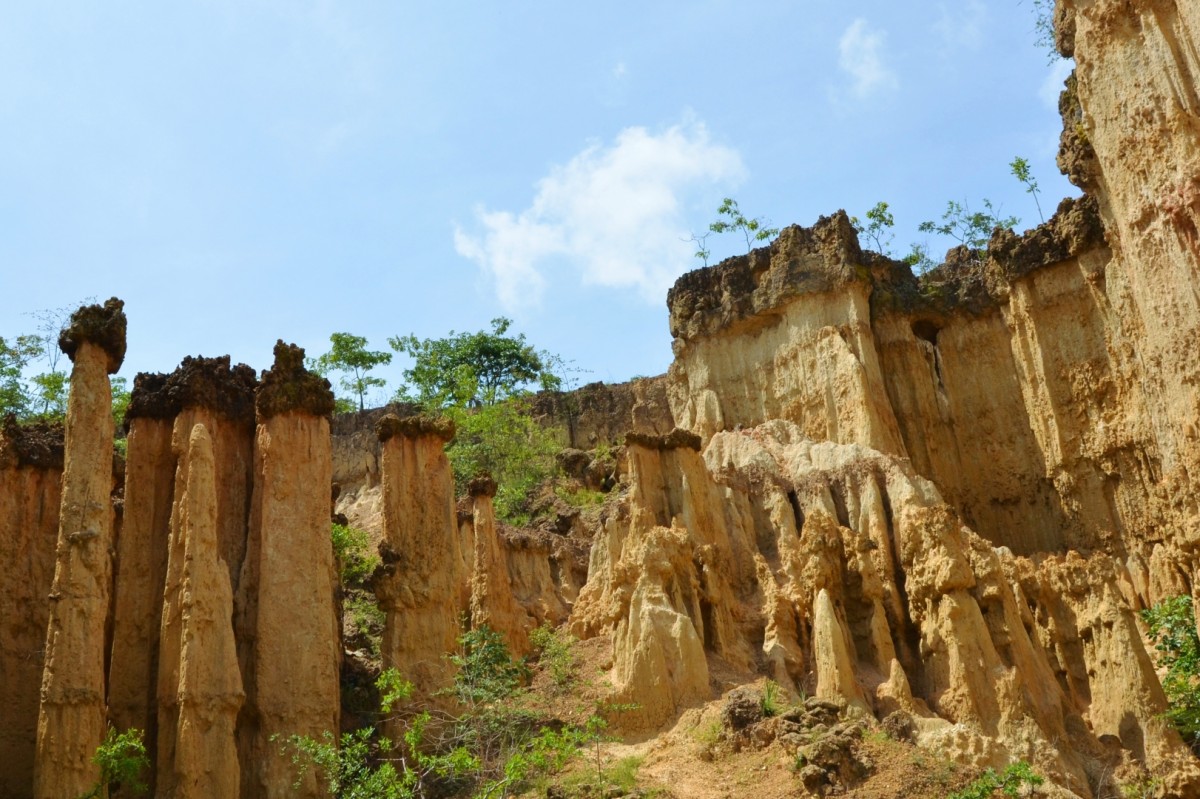
Full day of wildlife viewing along Ruaha River, where many animals gather during the dry season, or through the rolling hills with huge granite boulders that leopard sunbathe on.
Depending on the season, it is possible to explore the park on foot for two to three hours, accompanied by a trained and armed park ranger. Walks are a great way to learn more about the behaviour of animals, reading tracks, and watching birds.
On the afternoon of the tenth day, you will fly back to Dar es Salaam on a charter plane or transfer to one of the islands in the Indian Ocean. There you can relax and process the many impressions of the safari.
Alternatively, you could drive back to Dar es Salaam via Mikumi and stay in the city for two days.
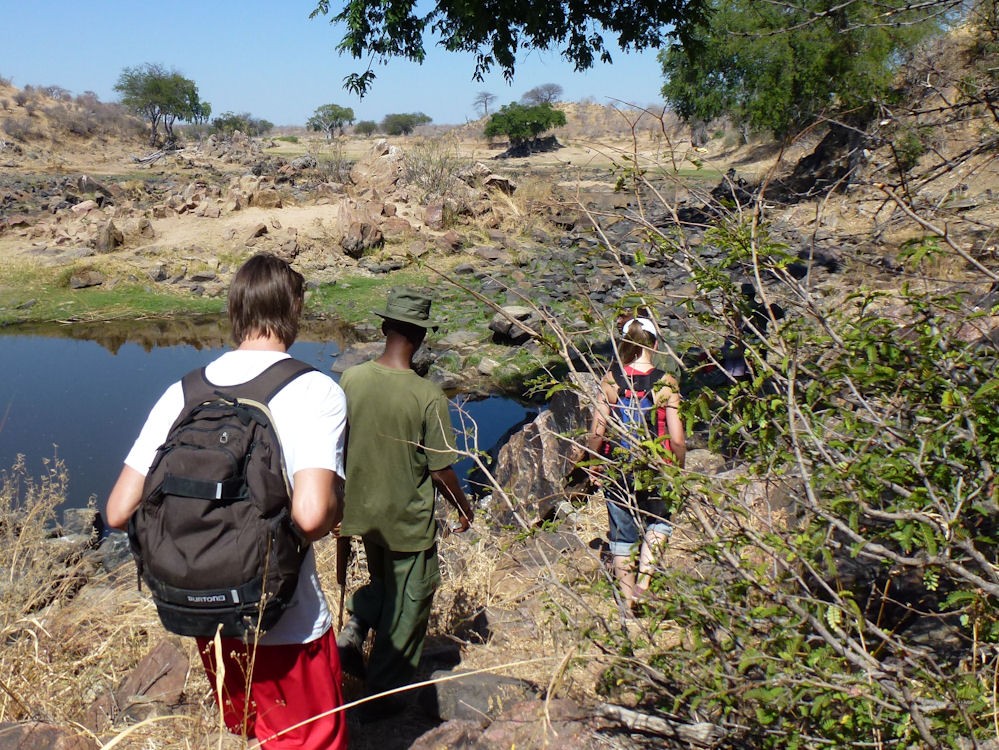
Price per Person depending on group size:
USD --
in a group of 4 people sharing a car and two double rooms
USD --
private Safari two people sharing one car and double roo
Package Include:
- Park entrance fees
- All meals excluding dinners (~ USD 15-20/meal), Lodges inside nationalparks inlcude full board accomodation
- Transport based on a 4WDSafari vehicle with pop up roof for game viewing
- English speaking driver guide
- Drinking water
- Government taxes
Excludes:
- Extras at the lodges i.e. drinks, telephone, laundry etc. and drinks other than water in the car
- Entry Visa for Tanzania
- Tips to porters and drivers
- Hotel accommodation in Dar es Salaam (can be arranged on request)
